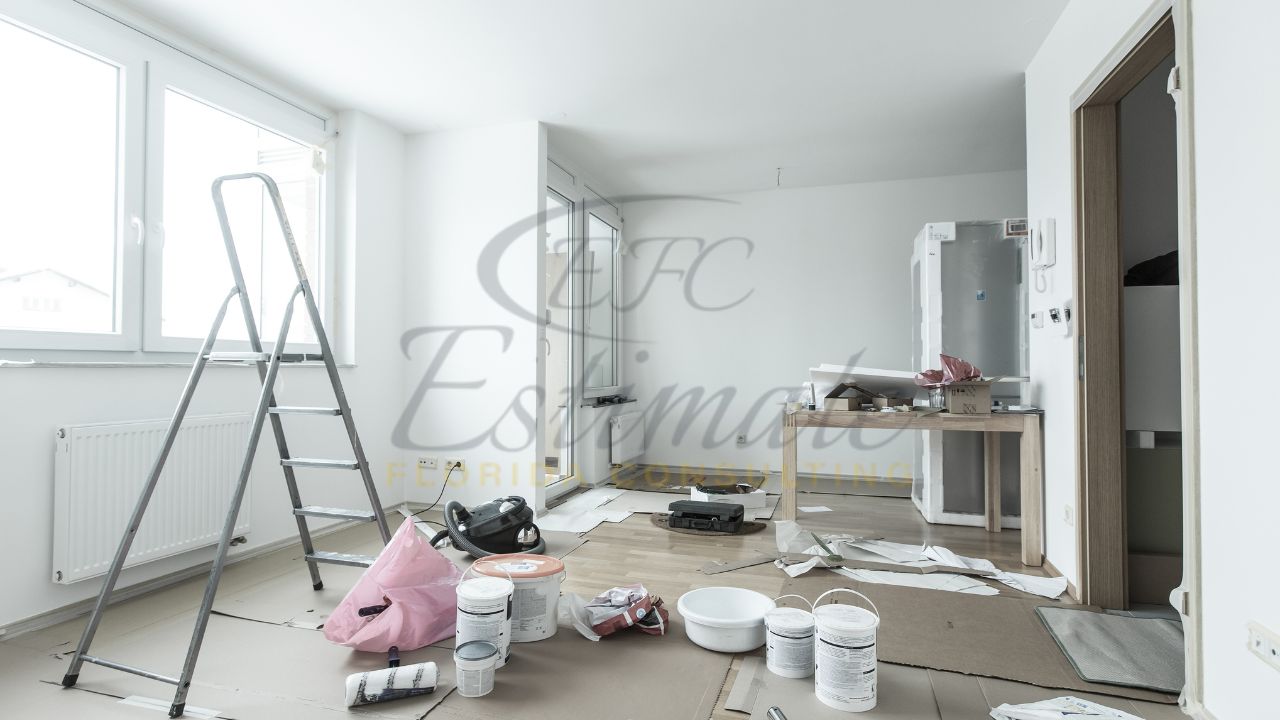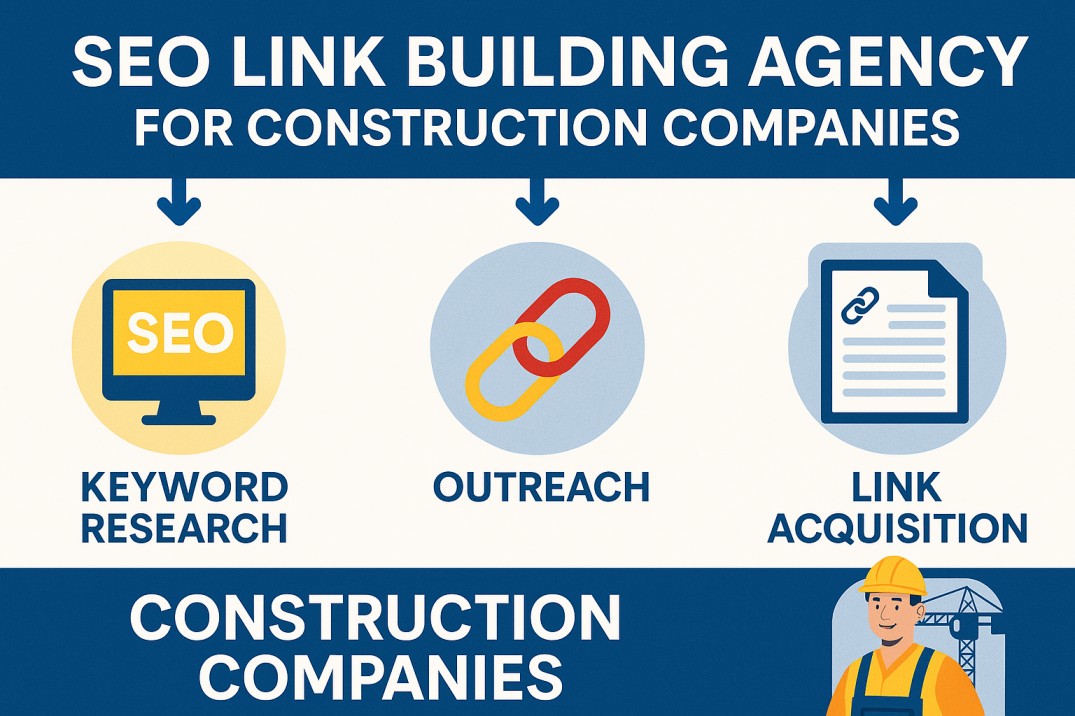Helium Leak Testing in Construction

Strong 8k brings an ultra-HD IPTV experience to your living room and your pocket.
Picture this: you’re managing a state-of-the-art hospital build, and everything is going according to plan—until a last-minute systems check reveals a pressure drop in the oxygen delivery lines. You can’t see the leak, can’t hear it, and time is ticking. That’s when helium leak testing becomes a project-saving solution.
In the fast-paced world of construction—especially with critical systems like medical gas pipelines, clean rooms, and HVAC—it’s not just about building; it’s about building with certainty. Helium leak detection brings invisible vulnerabilities to light, helping professionals deliver safer, more efficient, and regulation-compliant results.
What is Helium Leak Testing?
Helium leak testing is a non-destructive diagnostic technique that uses helium gas to detect leaks in sealed or pressurized systems. Because helium atoms are small, inert, and non-toxic, they can slip through even the tiniest holes—making them ideal for precision testing.
Here’s how it works: a system or section is filled with helium, and a highly sensitive leak detector scans for escaping gas. If helium shows up where it shouldn’t be, you’ve found your leak.
Why Construction Demands Precise Leak Detection
Let’s face it—construction projects are complex. HVAC ductwork twists through ceilings, medical gas lines run behind sealed walls, and pressurized systems stretch across multiple floors.
Even a minor leak in these systems can cause:
Equipment malfunction
Loss of air pressure or energy
Water or gas infiltration
Regulatory non-compliance
Safety hazards
Traditional methods like soap bubble tests or pressure drops may miss microleaks or take too long to diagnose. That’s where helium leak testing earns its reputation—it’s fast, accurate, and scalable for both pinpoint issues and wide-area scans.
How Helium Leak Testing Works
Depending on the system or component, helium leak testing is carried out using different techniques:
Vacuum Testing: The component is placed in a vacuum chamber, and helium is introduced inside. If helium escapes into the chamber, detectors pick it up.
Sniffer Method: Helium is introduced into the system, and technicians use handheld sniffers to detect leaks from the outside.
Spray Testing: Helium is sprayed on suspected leak points while the system is under vacuum. If helium enters the system, the detector will catch it.
These methods can detect leaks as small as 1x10⁻⁹ mbar·L/s, making them suitable for mission-critical applications.
Applications in the Field: Where It's Used
Helium leak testing isn’t limited to labs or manufacturing plants. It’s being widely adopted in real-world construction scenarios:
1. Medical Facilities
Leaks in oxygen or vacuum systems can compromise patient safety. Helium testing ensures these systems are sealed, sterile, and compliant with healthcare standards.
2. Clean Rooms
Used in pharmaceuticals and electronics, clean rooms must maintain strict environmental control. Helium testing verifies the integrity of air filtration and containment systems.
3. HVAC Systems
Air loss in ducts leads to reduced energy efficiency. Helium testing pinpoints leaks in large-scale HVAC networks before they become costly headaches.
4. Fire Suppression Systems
Gas-based fire suppression systems must be completely sealed to be effective. Helium detection validates pressure containment.
5. Pressurized Water and Gas Pipelines
Industrial piping in manufacturing and high-rise buildings must remain leak-free. Helium testing offers fast verification, even in concealed lines.
The Benefits of Helium Leak Testing in Construction
✅ Safety
Leak-free systems mean fewer hazards and emergencies. Detecting gas or chemical leaks early is critical for both worker and occupant safety.
✅ Cost Savings
Avoid costly rework, damage, or delays. Early leak detection means you won’t have to open finished walls or redo entire system segments.
✅ Energy Efficiency
Air leaks drain performance from HVAC and mechanical systems. Sealing these gaps boosts performance and lowers operational costs.
✅ Regulatory Compliance
From building codes to healthcare regulations, helium testing helps document airtight systems for easy approvals and inspections.
Helium Leak Testing vs. Other Methods
When comparing helium leak testing to other common methods like soap bubble and air pressure testing, the advantages quickly become clear. Soap bubble testing, while simple and inexpensive, offers only low sensitivity and is best suited for small, visible systems where leaks are easy to spot. Air pressure testing provides moderate sensitivity at a moderate cost and works well for non-critical or residential applications, but it often lacks the precision needed for complex or sensitive systems. In contrast, helium leak testing delivers very high sensitivity, making it ideal for high-precision and safety-critical environments. While the initial investment may be higher, the ability to detect even microscopic leaks translates to long-term cost savings, reduced risk of failure, and greater overall reliability. For professionals who value accuracy and proactive risk management, helium leak detection is a smart, future-focused choice.
Choosing the Right Helium Leak Detectors
Selecting the correct detector depends on the job:
Portable Sniffers: Ideal for on-site fieldwork in construction.
Mass Spectrometers: Best for ultra-sensitive or lab-based testing.
Spray Probes and Chambers: For detailed diagnostics on valves, welds, and seals.
Make sure the technician is trained—the tool is only as good as the person using it.
Real-World Example: Construction in Action
A leading contractor building a data center in Texas faced pressurization issues in their HVAC system. Basic diagnostics found nothing. A helium test revealed a small leak in a duct joint concealed behind a finished wall. Thanks to early detection, only a small section was reopened and repaired—saving $20,000 in rework and weeks of delay.
Another firm building a pharmaceutical facility in New Jersey used helium leak testing to verify the clean room’s airtight seals. The project passed FDA inspection on the first try—a rare win in highly regulated builds.
Final Word: Building Confidence with Helium
Construction isn’t just about getting the job done—it’s about getting it done right. With helium leak testing, you add a layer of assurance that traditional methods simply can’t match.
In an industry where timelines, budgets, and safety walk a tightrope, helium leak detection brings clarity. It’s proactive, precise, and powerful.
Because in modern construction, what you can’t see can cost you. And helium sees everything.
Note: IndiBlogHub features both user-submitted and editorial content. We do not verify third-party contributions. Read our Disclaimer and Privacy Policyfor details.





